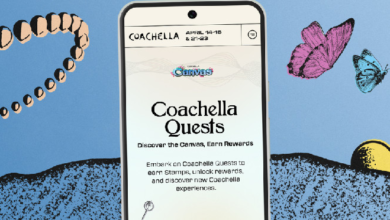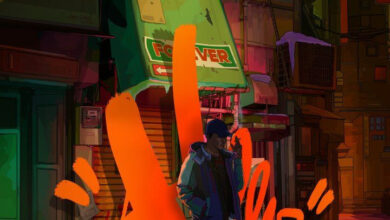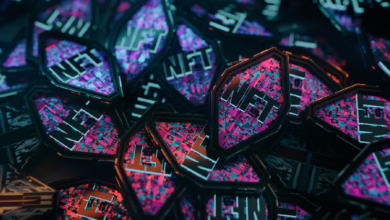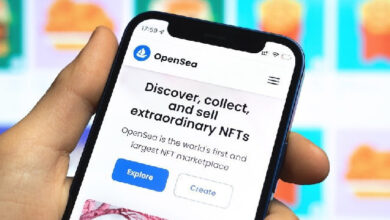“People Who Aren’t Here Are Going to Miss Out”
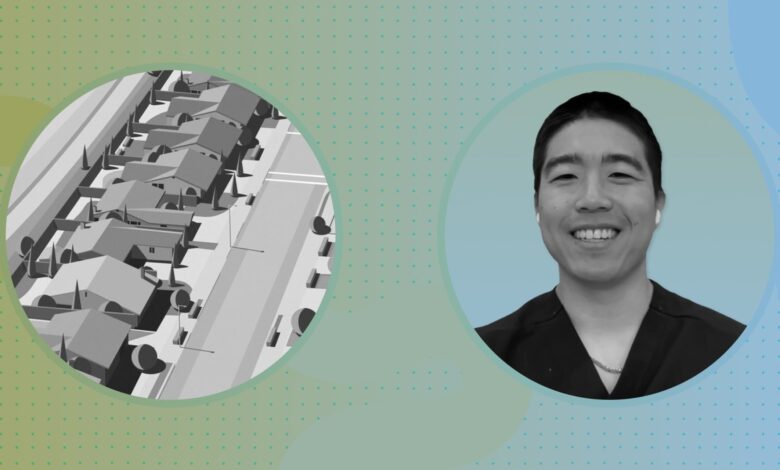
Grant Yun is a man of many hats.
Despite being a medical student by day and a break dancer by night, the Milwaukee resident has managed to make his mark on the digital art market with six-figure sales and auctions at Christie’s and Sotheby’s. His Neo-Precisionist artwork frequently explores landscapes and scenery native to the Midwest and has become instantly recognizable in the NFT space.
In a thoughtful interview, Yun explains how he manages time between his art career and studies, shares tips for building a strong collector base, and opens up on staying grounded despite the challenges of the bear market.
Matt Medved: You have a really interesting backstory. Tell us a bit about juggling medical school, break dancing, and all the different pursuits you do while still also making your way into NFTs and having a real breakthrough in crypto art.
Grant Yun: I’ve been an artist my whole life, and when I went to college, I wanted to start doing digital illustrations. I picked that up, kind of self-taught from the ground up. I started illustrating on PowerPoint, basically because I had no other tools; I didn’t know of any other tools. But I taught myself a lot about artists and knew the type of art I wanted to convey. At the time, I just didn’t have the skills or the tools to create the things I wanted to, but the vision has always been there.
Then over the years, I’ve just been slowly grinding away at improving my style and finding a unique voice for myself as an artist. When we begin as artists, it’s sometimes difficult to create a style of your own that’s unique. It took me a lot of trial and error to get there. But eventually, I got to a point where I was very happy and confident with the style that I create.
Towards the end of 2020, I started hearing about Beeple, about things called metaverse lands, like on Decentraland. I’ve always been a pretty big proponent of crypto. I always believed in Bitcoin and decentralized currencies. So, I looked into it, and there was this application to SuperRare. I didn’t know what a Metamask was. I didn’t really know that side of Twitter. I didn’t know any of that. But I thought I’d put myself out there.
I applied for SuperRare and then completely forgot about it. In February of 2021, I got onboarded and accepted. That’s when I minted my first NFT. The journey of getting from there to where I am today, and even when I started digital illustrations, has always been about pushing the boundaries of what I think I can possibly do with my life.
The Story Behind My Art
-Grant Riven Yun (November, 2022)Link below and full text in thread 👇
1/🧵 pic.twitter.com/SUPJmR0iLl— Grant Riven Yun (@GrantYun2) November 5, 2022
You’re also known for having quite a distinctive artistic style. You’ve cited some influences like Grant Wood and Ed Ruscha as influences in the past. How would you describe your style, and where do you draw that inspiration from?
I’ve talked quite extensively about the artists that inspire me, and you’ve mentioned a couple. Of course, I also have some other artists, like a lot of 1900s painters, and more recently, the Impressionists have been inspiring me as well. But something I don’t talk about too often is just following my vision. That seems so cliche and ambiguous, but what I mean is that when I start an illustration, unless it’s a commission, I just start with a very ambiguous concept and just go at it.
It has no end goal to it. There’s nothing I want to put in it. The only thing I want to make sure of is that it’s subtle enough that people can relate to it from their own personal lives. And when I illustrate, the concern is, are the vibes right? If the vibes are not right, then I need to go back at it or stop it.
I found this sweet spot at this point where I’m able to create illustrations that I want to showcase, but at the same time are ambiguous enough, like I mentioned, where other people can look at [them] and think, ‘oh, this is something from my life or something from my past or where I live or a particular memory that I’ve had that I can relate to.’ And that’s really what my art is about. It’s really about connecting emotionally with other people.
“Many of my collectors actually enjoy looking at the pieces they own from me… there’s a very deep emotional connection.”
Grant Yun
The collector base you’ve built up over the years is impressive. What advice do you have for artists looking to do the same?
Building a strong collector base is a difficult task, and I think some artists have it easier than others; for example, Tyler Hobbs and Dimitri Cherniak. Their art is exceptional to the point where there is no doubt that it’s going to be something valuable in the future. It’s not up to me to decide who has good art and who doesn’t. The market dictates that.
I think part of the reason I have a strong collector base is that many of my collectors actually enjoy looking at the pieces they own from me. Collectors often reach out to me about how this particular illustration reminds them of where they grew up, where they were born, where they met their partner, where they had their first kid, where they went to school, or where they work now. There’s a very deep emotional connection.
Another thing is being active on Twitter. I’ve learned it’s important to bite your tongue sometimes if you’re heavily opinionated on something. Typically, those things that you’re highly opinionated on kind of work themselves out anyways, and you don’t need to be caught up in the fire while it’s going on.
It’s being self-aware of your own art style and your internet presence on Twitter. For example, I remember when I first met Vincent Van Dough (VVD) on Twitter. It was because I created this random Pepe in 2021. This was before I knew what Fake Rares were. I knew of the Nakamoto card but didn’t know the Pepe community was so strong. VVD commented on it and followed me that day after he saw that. Then another collector reached out to me and said, ‘Hey, I can onboard you to these things called Fake Rares.’
I met a lot of collectors and artists through Fake Rares, and I’ve helped onboard a lot of artists as well onto that platform. So, one door opens another, as long as you’re receptive and you’re willing to hear people out and be self-aware and also aware of the status quo and the memes that are going on on Twitter and the macro and micro things that are happening in the world.
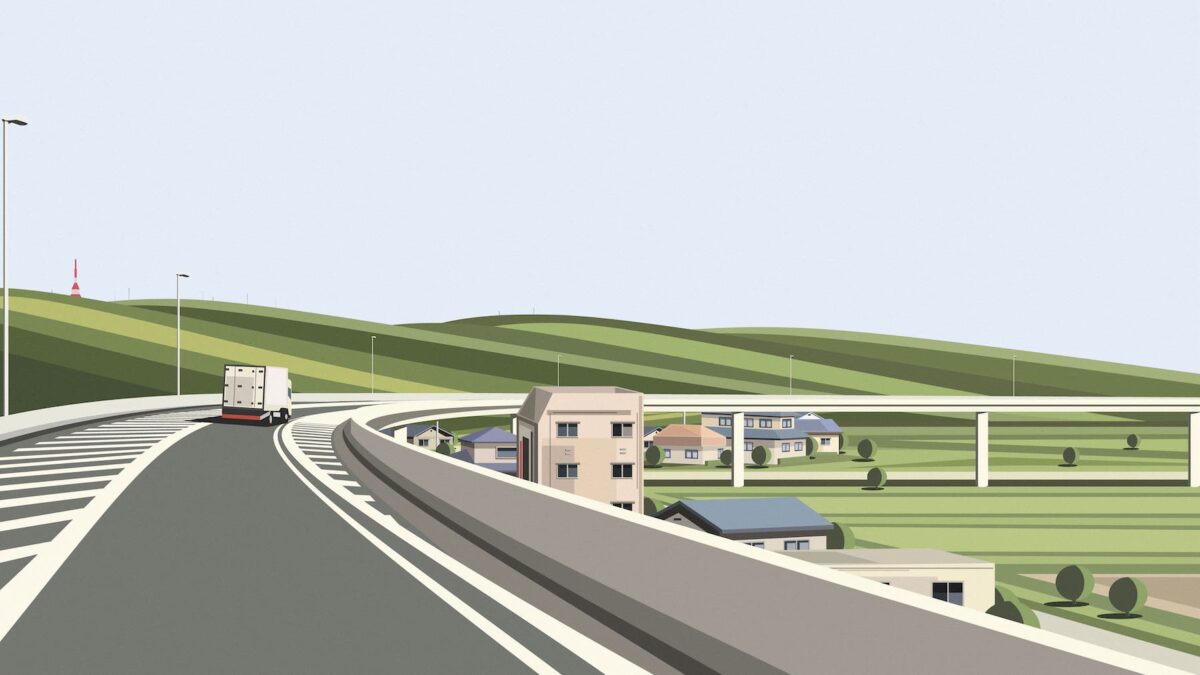
How do you manage your time to give your artist career the attention it deserves while seeing through the commitment you’ve made to medical school?
There are things that you can sacrifice and things you can’t. For example, I can give up video gaming. I enjoy playing video games, but that is more so a hobby than being an artist, right? It’s very difficult for me to give up being an artist. I think setting a very clear set of absolute musts and things I cannot give up no matter how busy I am is important. Even going for a run, those are things that I don’t think I could give up because a run takes anywhere from 30 minutes to an hour, two hours for me. And I can listen to podcasts. I can listen to online lectures.
That’s actually what I did for basically the first three years of medical school. I would just go to the gym. I would listen to my lectures for two hours at the gym. It almost felt like I didn’t waste a single minute. I’m actually towards the end of medical school now, so I’ve been through literally the hardest parts of medical school while I was doing all this NFT stuff. So, I know the rigorous demands that medical school has and how to juggle all of that. I would say the first thing is being good at multitasking.
“There are things that you can sacrifice and things you can’t.”
Grant Yun
It’s about understanding your priorities. For example, the timeline for being an artist is significantly stretched out compared to being a doctor. Being a doctor means going from room to room, seeing a patient for 15 minutes, and then you go into a surgery. Whereas there’s not this sense of immediacy as an artist. When I’m working on projects, I can plan for a year in advance. Some of the things I’m dropping this year have been in the works for a year. So, I allow myself that time, and I’m given that time, and it’s almost imperative that I do have that time to work on my art, work on the marketing, work on the drops with the company.
I developed my style of art long before medical school. So, I kind of knew what I was doing. At the same time, while I wasn’t on Twitter necessarily, I had a lot of experience on Instagram promoting things. I had that foundation of knowing how to interact, what memes are, and all of that. Coming into NFT Twitter, I didn’t necessarily have to learn all that from the ground up, so when I started medical school, there was no time conflict where I needed to spend all this time developing my art style. Take that time to really develop the things you want to work on when things are slow. When the time comes, and things pick up, and you have 10,000 things on your to-do list, at least you completed the things you wanted to, so you have more time to do other things.
Let’s dive more directly into the subject of mental health. Obviously, there are a lot of stresses and pressures of being an artist in a space as volatile and fast-moving as NFTs and Web3. And then there are the stresses and pressures of being at medical school. How do you stay grounded?
The more I think about it, the one thing that grounds me more than anything, besides my family and the very important people in my life, is listening to music. I’m a very big music person. I do my best to explore as many genres as possible. I was thinking about this yesterday actually, funnily enough. I was so sad that I might not have enough years in my life to explore all the music that I would like to.
If I’m creating a particular illustration, then I’ll have some songs that I listen to. Sometimes when I’m illustrating something that reminds me of, for example, my drive home from work, then I’ll be listening to just the stuff that I listen to when I’m driving home from work. That puts me in the mood to convey exactly what it is I want to show. I’d like to play that while I’m illustrating to really fully immerse myself into whatever it is.
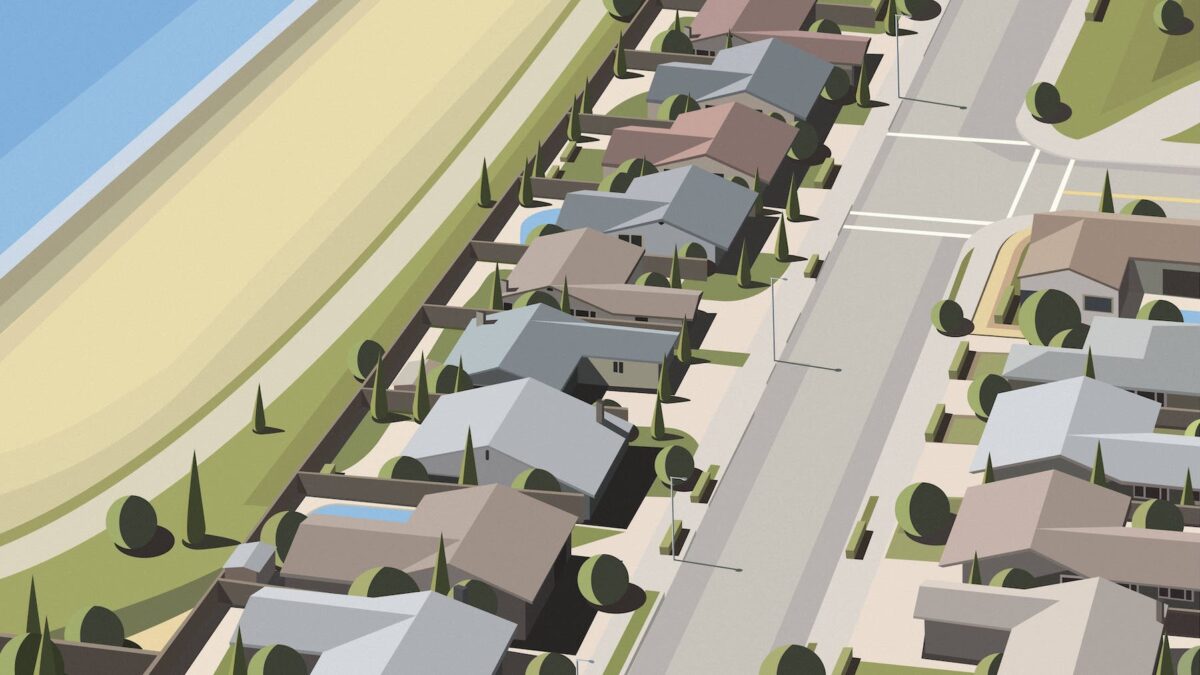
One of the things that is characteristic of the NFT and crypto space is the volatility. There are the bulls and the bears, and all of the market cycles. For many artists in the NFT space, this kind of bear market is a new experience. From your own experience, having been in the NFT space for a long time, what has it been like to navigate as an artist, and what have been the challenges and opportunities you’ve found within that dynamic?
I’ve been fortunate. I’m aware of the situation that we’re in as a space, but there’s also luck mixed in for sure. I haven’t been hit as hard. I think I’m doing fairly well in the space, all things considered. But the space is difficult right now. I think a lot of artists can build. I know talking about building is almost a meme at this point because everyone’s building.
But I think any artist who is genuinely building and creating and improving upon themselves, as long as they’re seriously looking into constructive feedback and improving upon whatever it is they want to, when things turn around for the better, it’ll become very clear who actually was doing the building and who was just saying they were and weren’t doing anything.
I also think that those who are here now and haven’t left, despite maybe not having a sale [in a long time], will probably be more rewarded, not only because of the bags that they’re holding or the art they’re putting out. There are things that other people are going to miss out on that are going on right now. There are some unique and exciting things happening in 2023 despite the condition of the market. People who aren’t here are just going to miss out.
Thrilled to announce “Midwest” will be included in Christie’s Post-War & Contemporary Art Day Sale happening live in NYC on May 12th!
Physical you say? included alongside the NFT 🫡💯
Link below to the auction.
1/🧵 pic.twitter.com/0WoHGIIky3— Grant Riven Yun (@GrantYun2) April 21, 2023
When we talk about your artistic career, you have achieved some major milestones; the major auction sales at Sotheby’s and Christie’s come to mind. What do you consider to be on your bucket list? What are some things you want to achieve in the future?
That’s a great question. The next thing that I’m looking toward is probably a show. Either a solo or a group exhibition would be something that I’m looking forward to. I’m working on a body of work right now that I would like to showcase at some point, hopefully within the next year. I guess we’ll just have to see how it pans out.
It’s been really difficult to wrap my head around what it means to be an artist in the NFT space and the overarching art space because we’re like a self-sufficient, sustainable community here, right? I mean, no Christie’s, no Sotheby’s, no galleries. We can, and we have been, kind of self-sufficient. The NFTs that are being purchased, for the most part, are from crypto-native sources.
We’re slowly branching out to different sectors and different areas of the world and trying to onboard as many people as possible while we’re doing that. But finding an identity as an artist has been more challenging than I thought it would be. I say that because it’s easier to find an identity on the internet as an internet persona creating NFTs. But now that I’m doing my best to try to break out into a different space, it’s essentially starting from the ground up.
Sure, my art might have a higher price tag, but that doesn’t really mean very much, personally speaking, compared to gaining those experiences working with galleries or museums and working with a different side of art that a lot of us just haven’t seen and haven’t gone through. I think it’s going to be challenging but also really exciting. My next big goal really is just to try to grow a career in art from the ground up.
This interview transcript has been edited for concision and clarity.
For the full and uncut interview, listen to our podcast episode with Grant Yun.


